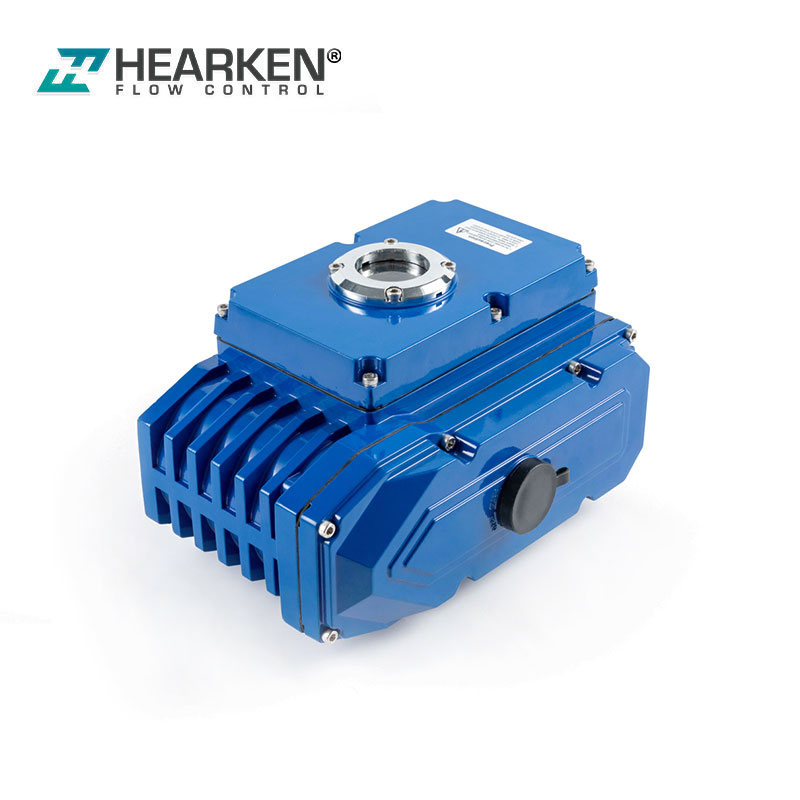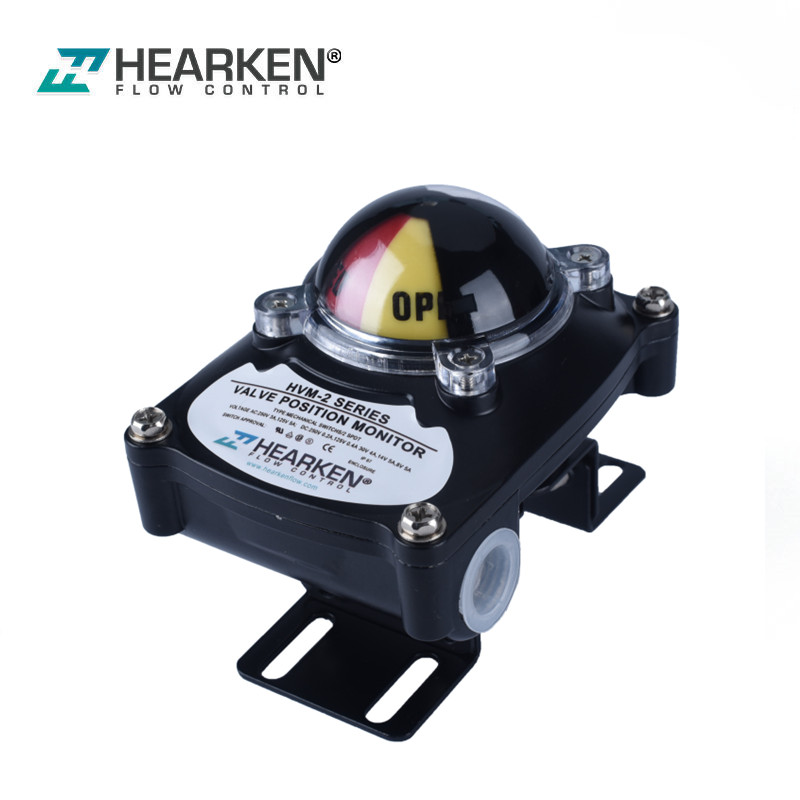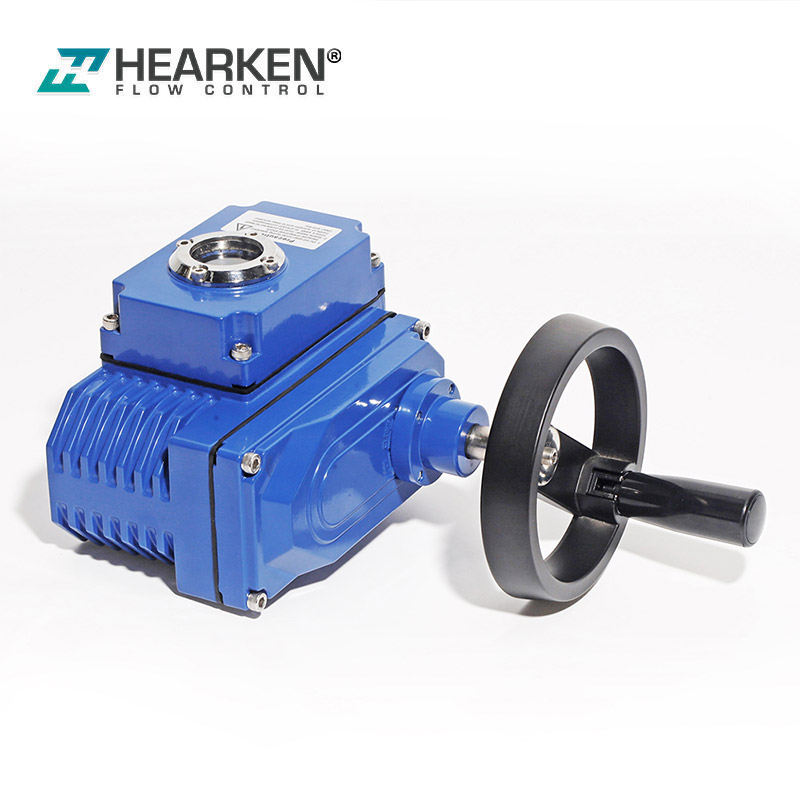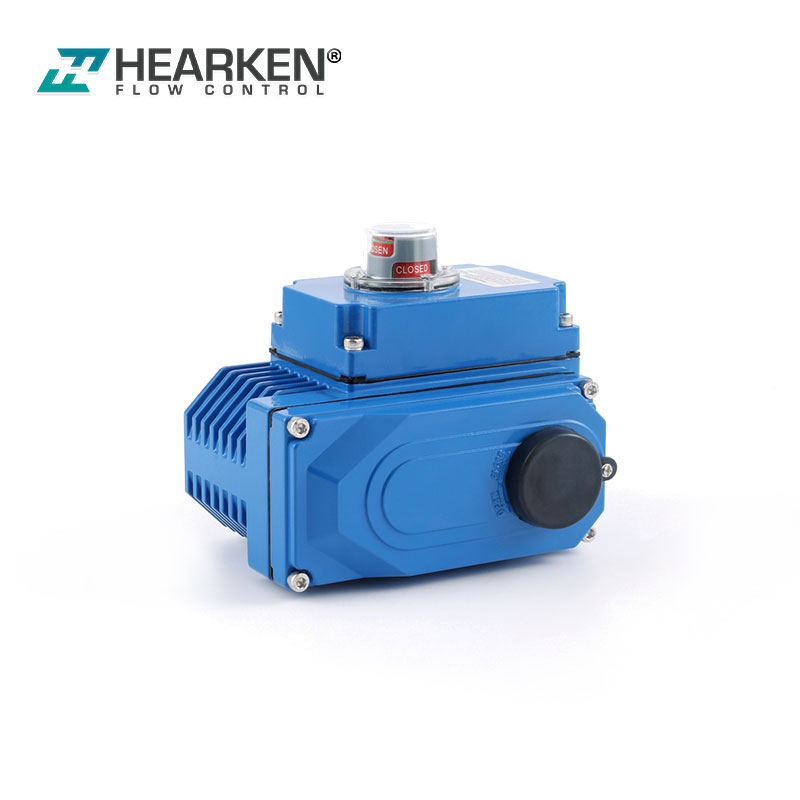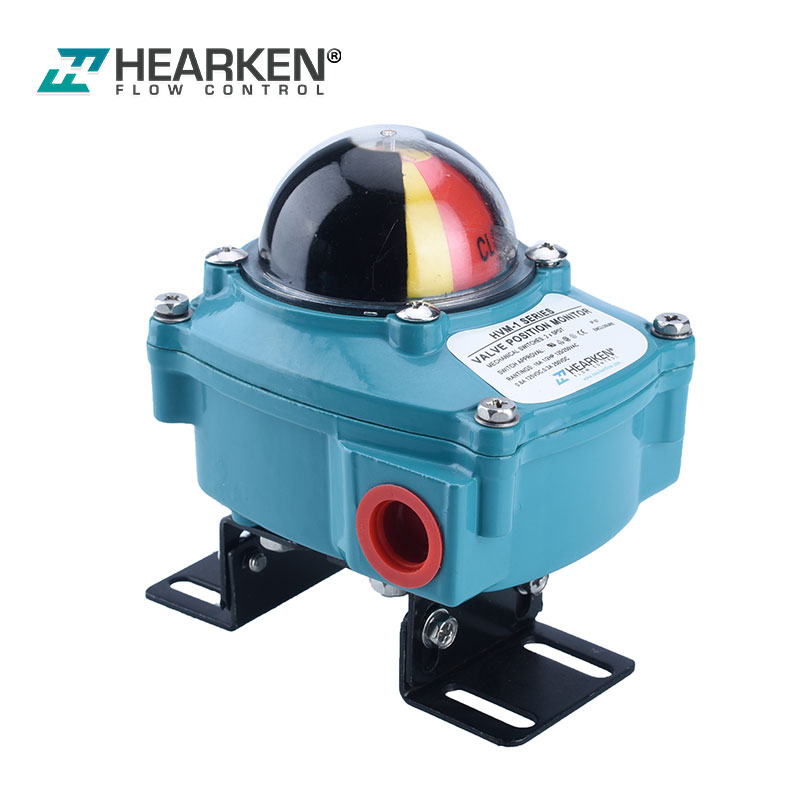Dosage and characteristics of valves in Petrochemical Industry
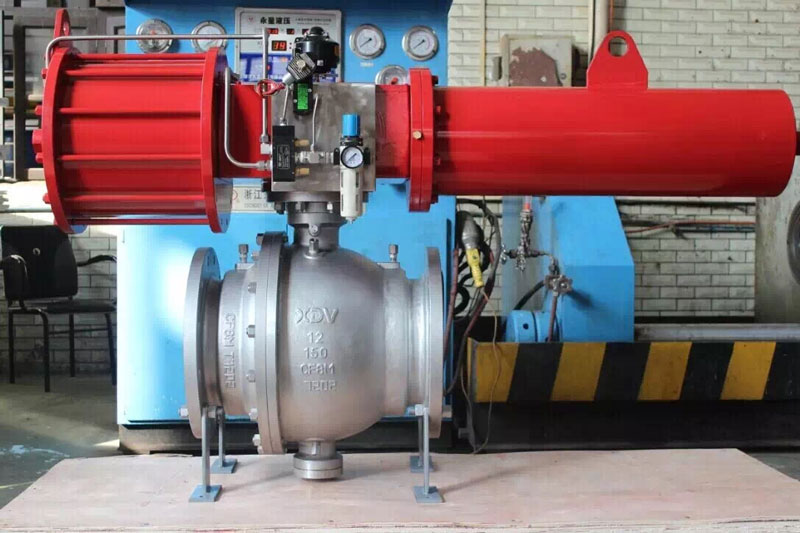
The role and classification of valves
The valve is an important pressure pipeline component in a petrochemical plant with a large volume and a wide range. It has the functions of cutting off, regulating, diverting, preventing backflow, regulating pressure, diverting or overflowing, and releasing pressure; the valve is also the most complex component in the pipeline. , which is generally assembled from multiple parts, with complex structure and high technical content.
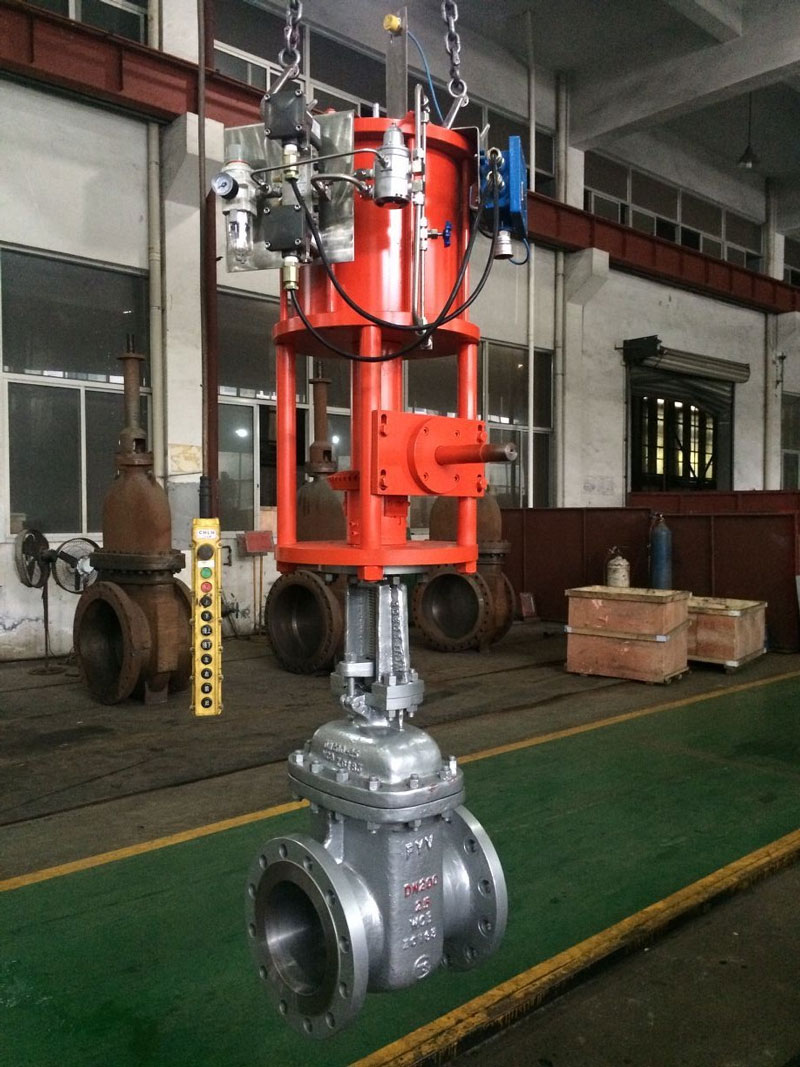
There are many varieties and specifications of valves.
According to the function of the valve and the structure of the opening and closing parts, the valve can be divided into gate valve, globe valve, throttle valve, ball valve, plug valve, butterfly valve, check valve, pressure reducing valve, diaphragm valve , steam traps, safety valves, etc. The opening and closing of the valve can be controlled by a variety of control methods, such as manual, electric, pneumatic, hydraulic, electro-pneumatic or electro-hydraulic linkage and electromagnetic drive; it can also be controlled by pressure, temperature or other forms of sensing signals. Act on predetermined requirements, or simply switch on or off.
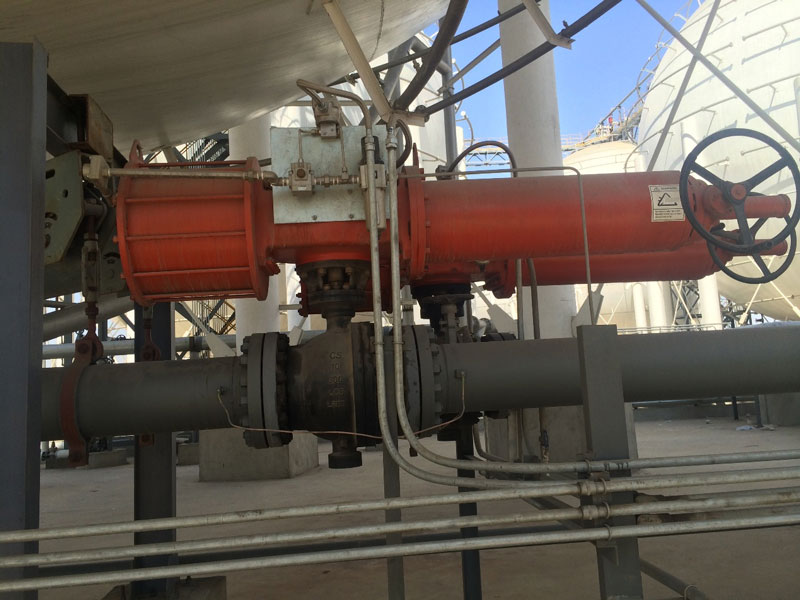
Dosage and characteristics of valves in petrochemical industry Valves are widely used.
In various petrochemical and chemical plants, the cost of pipeline materials accounts for about 15% to 20% of the total project investment, and the investment cost of valves accounts for more than 50% of the total piping cost. The proportions of different types of valves are not the same. Taking the oil refining plant as an example, the proportion of various types of valves in the total number of valves in the plant is: 80% for gate valves, 8% for globe valves, and 6% for check valves. Chemical production equipment is the most widely used valve, other valves account for 6%, and valve investment accounts for 5% to 8% of the equipment. Taking 2.5 million tons/year atmospheric and vacuum units and 1.4 million tons/year catalytic cracking units as examples, the proportion of valve specifications to the total number of valves is: DN≥400 3%, DN150~350 12%, DN50~100 25% , DN≤40 60%.

